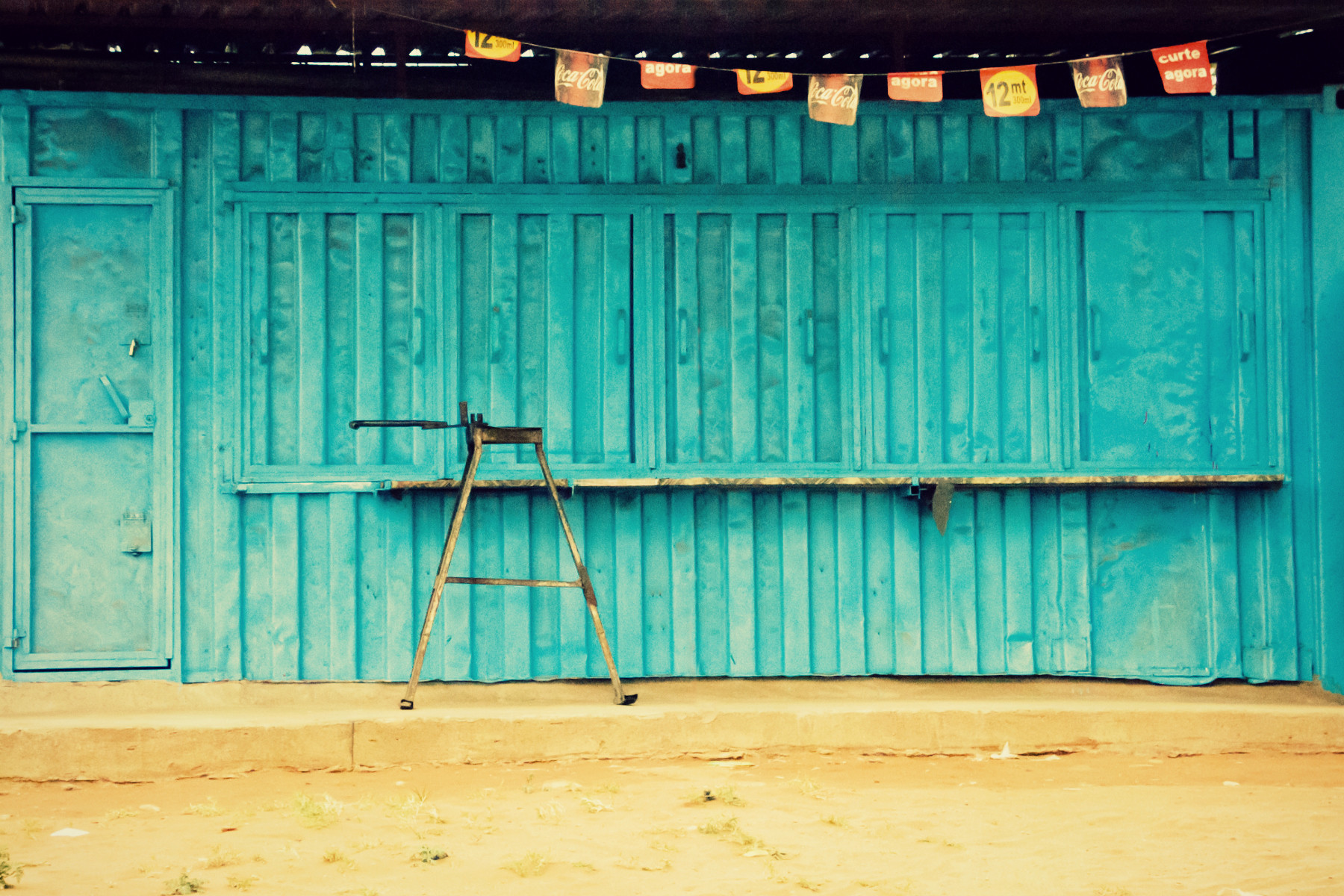
The largest tribe of indigenous people in the Peruvian Basin is the Shipibo tribe. I tried to find out online how big a population they are, but there doesn’t seem to be any concrete data. One source says over 20,000 while another says approximately 35,000. But there’s no question that, although the Shipibo people are having to live with one foot in the modern world, their traditions and beliefs date back thousands of years.
The Shipibo live in more than 150 jungle villages scattered up and down the Ucayali River, the majority of those communities only accessible by journeying for days on a boat. However, after decades of deforestation in the Amazon jungle, and after years of climactic pendulum swings from drought to flooding, many of them can no longer rely on the land to survive and they’ve moved closer to the city of Pucallpa to benefit from more commerce and modern education. But they still hold strongly to their roots.
Their culture is grounded in their spiritual and physical relationship with the rainforest. They find health, healing and happiness from the plants in the jungle, and they rely on shamans who go into whacky-plant-induced trances in order to communicate with the spirit world for relief from all their ailments. These shamans sing songs that are calls to different spirits… and then the Shipibas (the women of the villages) interpret those songs into vivid patterns they put onto fabric, pottery or jewelry. And get this: these women can look at the patterns they’ve painted or embroidered and sing the song back to you!! It’s a whole different world… and one I feel a little uncomfortable in from a spiritual perspective!!
One of the highlights of our trip was being able to visit one of these villages. Tom drove us all to the SAM Air base on the edge of the jungle just outside the city and, in groups of 5, we took turns to pile into a seaplane and fly northeast to a village whose name escapes me!! What an experience. Gosh.
Peet and I were in the final group to fly. To kill time, Miguel (one of our translators and part of the Casa Shea family) led us on a walk to meet an American missionary lady called Angie. As much as Angie was wonderful (and she was!!), the hike was more about her pet monkeys. Yep – we’re that shallow!! (#tourists)
I’ve included way too many monkey photos in this post… but I don’t care. We had so much fun with them. And the leaf cutter ants… wow!! They had done so much back-and-forthing with their giantly disproportionate leaves on their backs, they had actually worn a pretty significant path in the grass!! Incredible creatures. Very focused on their task. Which was good because I was nervous about getting close enough to them to get a decent photo!!
The village was wonderful. They’re clearly used to having Americans visit them, and they were so welcoming and friendly. The kids (and there were a lot of them) seemed to find massive enjoyment in the smallest of things… which was so incredible to watch. The women just smiled. And pointed at their wares they wanted us to buy. I would’ve loved to have bought a particular fabric… but it was pretty pricy, even for us “Americans”. But some of these projects take them several months to make, so it’s hard to haggle them down too low. We want to be respectful in the negotiations.
Anyway, enough writing. Check out the multitude of pics below…

























































On the bottom right of the photo, you can see an example of a typical Shipibo fabric design.




























































